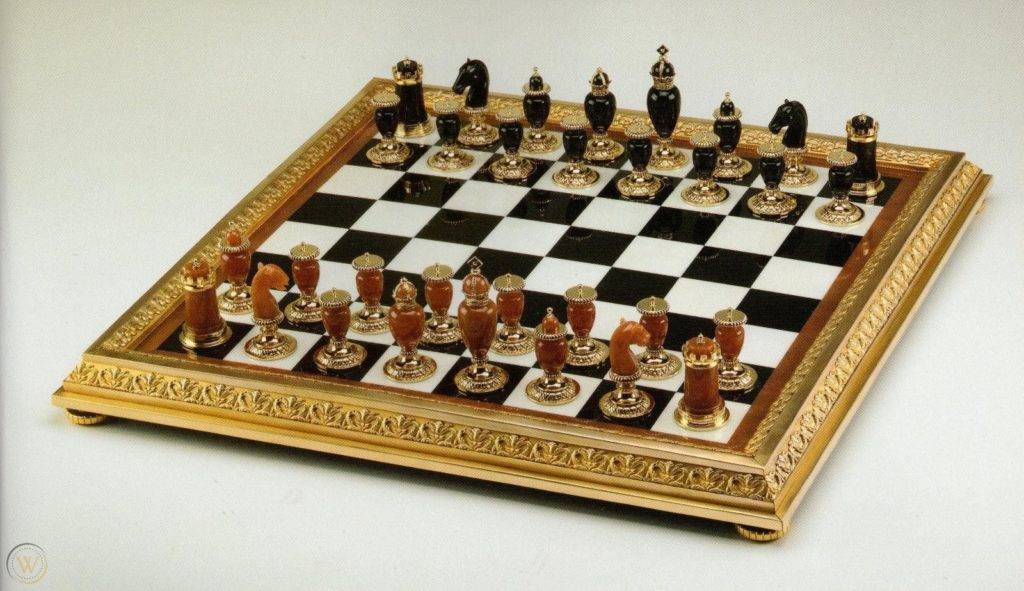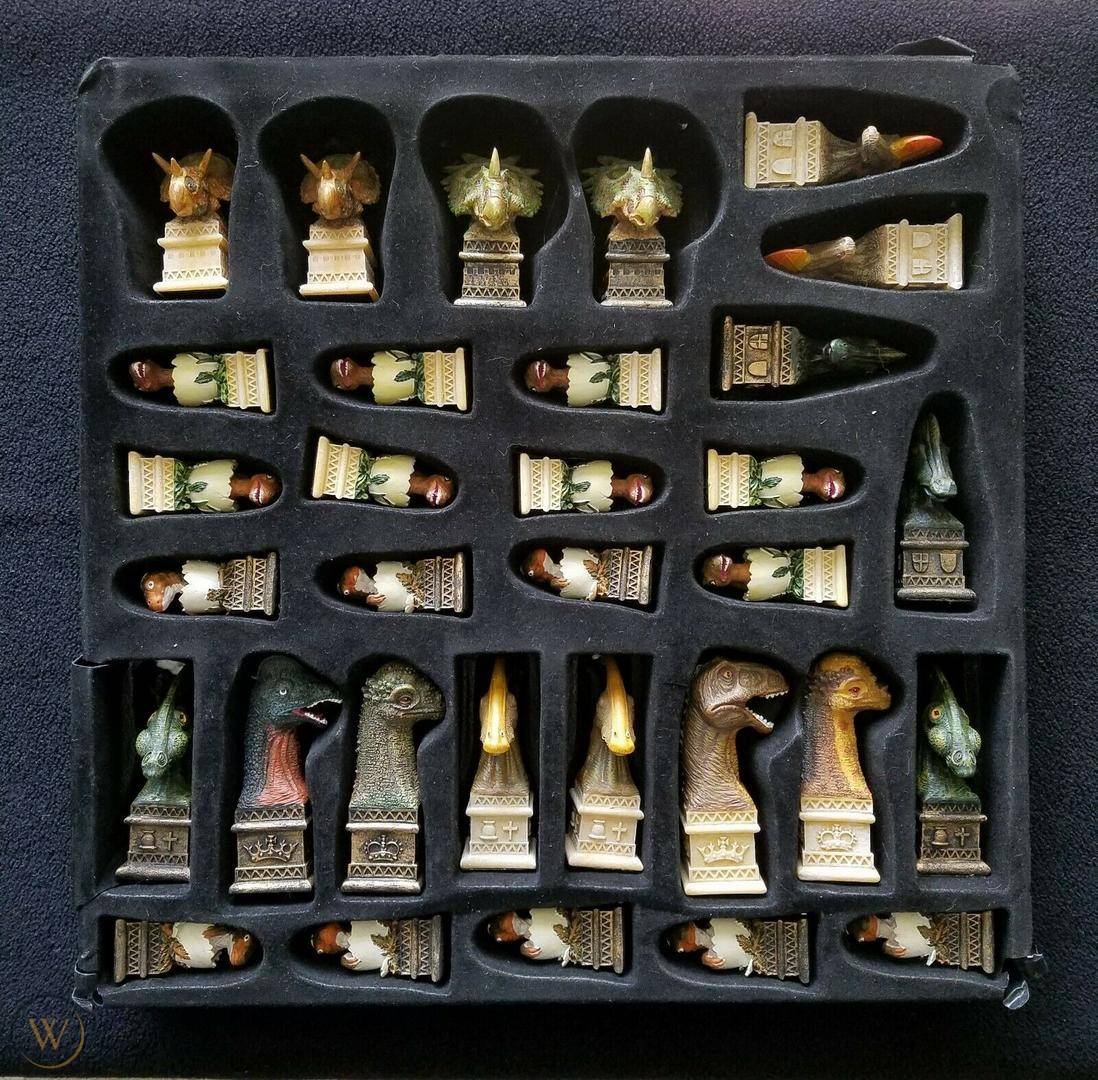
Does it ever seem as if you are stuck in a corner, with nowhere to go? Perhaps needing a break from your everyday routine? …From the current routine of the world? …From your world? Well then, it just could be that a tech break could be in order. You know, where you can actually talk with another, close enough to see the whites of their eyes? Here’s your answer! Try getting back to basics with a fun, often challenging game of chess.

Try keeping it simple
Time to take a step back. But also, taking a step back is not the same as backsliding (even though my kids may say so in protest of docking their phones at the dinner table or during a game). To me, it means to take a break and enjoy the conversation that typically accompanies activities that don’t require a charging port. A great way to do that is by playing chess on a chess table.
Why chess?
Well, why not chess! It truly is a game of skill and strategy. Like many things in life, it takes interest, skill, and practice. No cutting corners. You move your pieces correctly, or you lose them.
Famous names in chess
Get educated on important people in chess. Ever heard of the names Bobby Fischer and Boris Spassky? The chess set used in their famous 1972 chess match commanded more than a cool $76K in a three-day auction. (Would not call that a boring sum!)

Getting realistic about chess
While the chess masters certainly have provided interest, it’s really the everyday chess player who sustains the sport. And whoops, many would not even qualify chess as a sport. Why? Because chess is not athletic. (After all, you typically sit on a chair to play, right?) But the chess.com site does acknowledge the many commonalities of chess with sports, such as knowing that chess is:
- Physically demanding (seriously, it is)
- Competitive
- Demands skill
- Requires sportsmanship
- The IOC (International Olympic Committee) states that chess has sport-like aspects
- Universal (6 million people worldwide play chess)
- A mind sport (great to exercise the brain, right?)
- Inspires national glory
- Has doping testing (no comment re computer assistance)
- Giant chess sets can inspire physical movement.
The last point reminds me that I’ve been to a few places with giant chess sets. Giant, as in chess pieces as tall as I am. One was near a pool at a hotel near Los Angeles. And did you ever see the figure skating show that featured moving, skating chess pieces—how cool was that? (No pun intended, as ice is rather cold). Yes, a 1988 Ice Capades figure skating number featured principal skaters among a live Corps de Ballet chess set!
Types of chess setups
A chess table can be multipurpose. Obviously, you can use it to set up and play with a chess set. More so, it provides a beautiful, unique piece of furniture and interest to your room. I have one. Even when not playing chess, I just like to look at it when I pass it in my home. You can find many versions of chess tables and choose one that fits your space and décor.
Find a chess table or tabletop to suit your needs and space
First, take a look at the WorthPoint Worthopedia to get a better idea of what you would expect to pay for a chess table that suits your needs. Are you all about antiques? You’ll find a variety of chess tables online. Instead, do you take a more modern approach to décor? Pair a vintage chess table with more modern chairs, and you’ll get a cool eclectic look with interest. (Inspires great conversation).

Still not quite sure? Browse the WorthPoint site for various types of chess tables, such as:
- A simple chess table
- A vintage wood chess table
- A natural log chess table
- Chess tables that are round, oval, rectangular, square, octagonal
- Even standalone chess sets to accommodate limited space.
Chess pieces
Now that you’ve likely selected a chess table and know its potential value, how about actually using a chess set? Some chess tables come with chess pieces; others simply include only the table itself. (Be sure to check that out prior to purchasing so you’ll know what to expect).
WorthPoint has great information about what you’d expect to pay for various types, styles, and price ranges of chess pieces.
How to play chess
So, if you think that some computer programs are challenging, just give chess a try. It can truly be as simple or complex as you make it out to be. Are you a chess novice? No worries, as you can find some helpful books to get started or to improve your chess skills. How about “Chess for Dummies.” (Personally, I don’t love that title and tend to sandwich it between other books, but those types of books truly can be helpful).

What’s your chess style?
Do you take the thoughtful, take-your-time approach, seriously contemplating every chess move? Or perhaps you get just a tad impatient when your opponent does that, as your desire is to enjoy the game, yet not so patiently want to move on? It can be helpful, or let’s just say more efficient, if playing styles match. Chess can bring out an amplification of how we, as people, like to operate. (I won’t tell you which style I prefer!) And you can even tell your kiddos that Skittles is more than the name of a candy. (Hint: both are fun).
Now, take a technology break, and go have some fun playing chess!
Jan Coopman worked for two years as a Professional Figure Skater for Ice Capades, performing in 60 cities throughout the United States and Canada. A Chicago-area native, she then completed her Tippie BBA in Marketing from The University of Iowa. Jan’s communications skills led to copywriting work at Unitech Systems (now Infogix), West Suburban Living Magazine, Spire2 Communications, Epoch Online, and others. Now Dallas based, she and her husband have two grown sons. Jan’s exuberance for antiques and collectibles shows in her writing.
WorthPoint—Discover Your Hidden Wealth®
